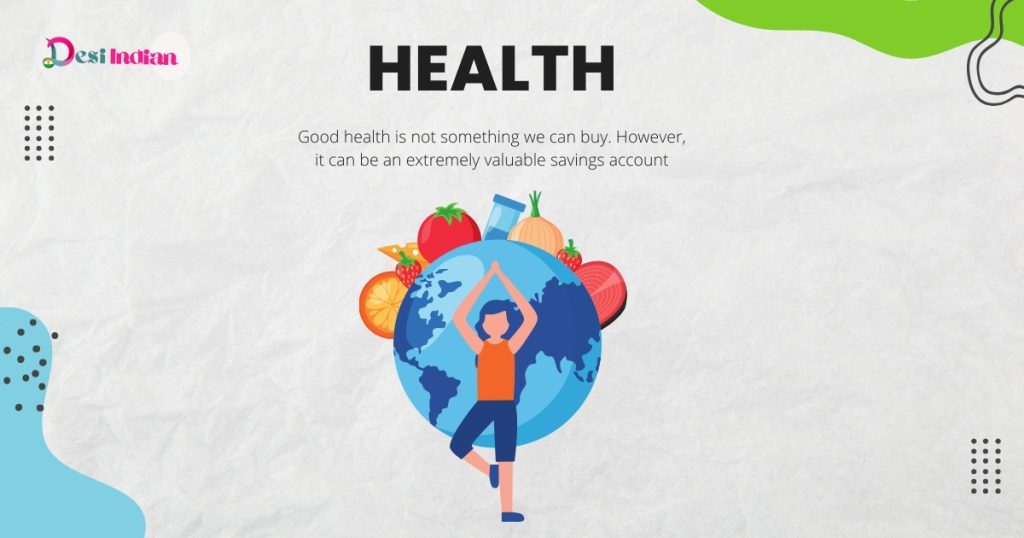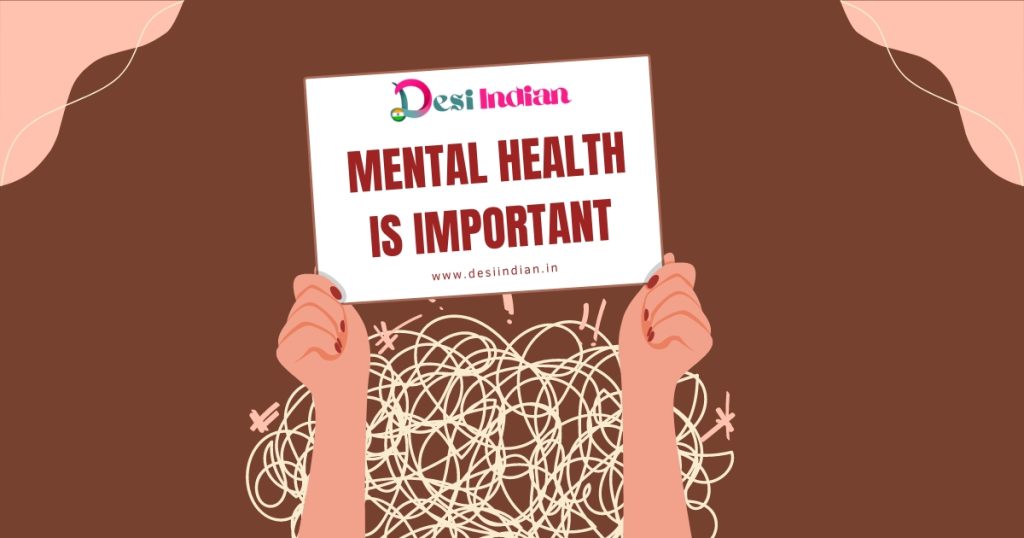
Health is vital to our lives. It includes the body and mind. It also includes preventing and curing diseases. One Health is vital for human health. It observes many key aspects. For example, it looks at the link between human and animal health and disease and the environment. One Health is an initiative aiming at collaboration. The goal is to sum up health problems. It aims to stop diseases between species and redefine ecosystems’ health.
One Health
Furthermore, One Health recognizes genetics. It sees the need to take proactive measures and work together across fields. This may involve doctors. It may also involve government and international groups, like the World Health Organization. One Health is the goal of improving the health outcomes of humans and animals. It sees the environment as an inseparable part of human well-being. It involves many disciplines.
Role of One Health in Promoting Well-Being
One Health has one key concept. It brings together health pros from human, animal, and environmental health. They focus on well-being. They do so by preventing and tracking disease. They remember how connected human health is to animal and environmental health. One Health initiatives aim to develop the health of the population. They do this by linking disease prevention among people, animals, and the environment.
Collaborative Efforts in One Health Initiatives
Engagement defines the One Health initiative. Stakeholders from many sectors come together to tackle health challenges. This initiative can enjoy diverse views and resources. They will help it address health challenges. It will get them from partnerships with healthcare providers, research institutions, and governments.
Key Players in One Health Advocacy
This is among the key players in One Health. It includes the national institutes of health and the health department. It also includes international agencies. Everyone focuses on promoting human health. They were key to laying down public health policy and to the rise of health research. They urged for preventive measures to guard communities from health threats.
Ministry of health
The Ministry of Health is an important part of state administration. It makes and carries out public health policy, programs, and projects for the country. They include disease tracking. They also include controlling diseases and preventing illness. They manage the health care system. Also, they help communities promote health and wellness.
Functions and Responsibilities of a Ministry of Health
So, it is the role of a Ministry of Health to control healthcare services. This includes programs to prevent disease. Also, campaigns to promote health. And, programs to provide basic healthcare to the public. The Ministry of Health also helps make rules for health service providers. It sets health standards. It also responds to public health emergencies.
Regulatory Frameworks Implemented by Ministries of Health
Health ministries will develop rules. The rules will control practices in healthcare, pharmaceuticals, and medical device establishments. They will ensure the practices conform to quality and safety standards. These will aim to assure measures in protecting the public. They will do this by promoting ethics and integrity. They will focus on health care. The services are available to the community through licensing, accreditation, and surveillance.
Collaboration Between Ministries of Health and Other Entities
So, to achieve public health goals, all health ministries must work with other groups. These include global health groups. Also, there are NGOs, health care providers, and health-focused schools. Working together will let the parties pool their resources, knowledge, and experience. This is for health problems far more complex than any can handle alone. They can focus on innovation in health delivery for the benefit of society.

Family welfare
It is central to public health. It focuses on family health within society. This includes family planning and mother and child health. It has all reproductive health programs and all things for a strong family.
Importance of Family Welfare in Public Health Programs
The family welfare programs include a major contribution. They have improved maternal and child health. They have also lowered fertility and maternal deaths. Public health programs would focus on family welfare. This would help develop the social factors that affect health. It would also aid the sustainable development of communities.
Initiatives Promoting Family Welfare and Well-Being
This ensures the welfare of the family and the health of the members of the family. It raises the family welfare level. And it does this by delivering family planning services. It also has prenatal care programs and child immunizations. It also helps with nutrition and other activities. These efforts aim to strengthen family ties. They also aim to foster better parenting. They want to create a nurturing environment for the best growth and development.
Educational Campaigns for Enhancing Family Welfare Awareness
The campaigns cover many aspects of family welfare. These include reproductive health and family planning. Also, maternal care, child nutrition, and preventive healthcare for family. They are educational and resource campaigns. They empower people through knowledge. This helps them make the right decisions. They adopt good practices and put their family first. This is for a better and sustainable tomorrow.
Mental health
Another key step was the rise in awareness of mental health issues. It also cleared up the stigma of mental illnesses. These include anxiety, depression, and bipolar disorder. With this knowledge, sufferers can know how to seek the right treatment and support. Education and open dialogue could clear up any misunderstanding. They would prepare the public to be sensitive to mental struggles.
Stigma of mental health conditions involves stereotyping and discrimination. Thus, overcoming stigma is when people feel free to access care. Promoting acceptance and understanding would involve creating a supportive environment. In it, people will take care of their well-being without fear of judgment.
Support resources for mental health patients and families are very helpful. This is true for counseling, therapy, and community services. This network ensures the person gets the needed support. It helps them deal with their mental health. Family support and understanding are critical. They play a key role in the recovery journey of mental health patients.
Health and wellness
This is to expose holistic programs. They consider the body, mind, feelings, and social being of a person. This aims to provide all-inclusive programs. They cover all dimensions. They help an individual live with wellness.
Connecting health and wellness with quality of life tells how a leading life in balance. It shows how self-care practices could enrich satisfaction and happiness. Prioritizing health and wellness ensures more energy. It also helps with mood regulation. It increases resilience toward life’s challenges.
Communities sustain health by involving people. They do this by fostering teamwork. They bring together community members, their organizations, and public health. The members will work with their communities. They will identify the needed environments for healthy behavior change. They need access to resources and sustained well-being.
Campaign
Designing successful health campaigns involves careful planning. It also needs focused messaging and active engagement of all parties. They must work towards health behaviors and emerging health problems. Health campaigns can spur audiences to do health behavior. They do this by using evidence-based methods and many communication channels.
Furthermore, the assessment of health campaigns has measured their effectiveness. But, there is some room for improvement. Key metrics include reach and engagement rates. They show if behavior changed and health improved. They gauge performance and tune future campaigns.
Now, health education campaigns use technology, social media, and gamification. They do this through interactive tools. Today, health campaigns have taken a new turn. They use technology, gamification, and other tools on social media. Modern health campaigns use technology, social media, gamification, and interactive tools.
Healthy cities
Planning a healthy city means having healthy surroundings. They should be good for easy exercise and should have green spaces and use public transit. They should have health promotion infrastructure. A healthy city would improve life for city dwellers. It would do this by focusing on walkability, biking routes, and community amenities.
Access to health services in cities requires spreading health care facilities. This means providing telemedicine and fixing healthcare inequalities among different groups. Improved access and affordability for care could then improve the city’s health. It could also reduce health inequities.
A healthy city requires that city authorities can design, manage, and build a green city. They do this by starting or improving green initiatives. These are in urban design, waste management, and air quality control. These steps reduce risks to environmental health. Sustainable policies support cities. They make cities like resilient ecosystems. They are for the long-term health and well-being of residents.
